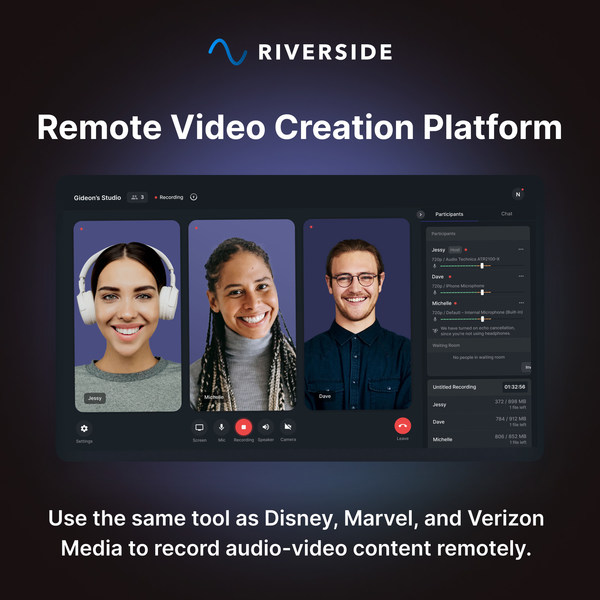Following up on my last post, Part 1: Effective Lead Generation Techniques, I am exploring landing pages where your leads land after clicking on your CTA. Its design and content play a crucial role in converting visitors into leads. In this second part of our series, I’ll explore how to create landing pages that captivate and convert.
1. Craft a Compelling Headline
- Clarity: Ensure your headline is clear and directly related to your offer. For instance, “Get Your Free Guide to Mastering Social Media Marketing” clearly states what’s being offered.
- Action-Oriented Language: Use action verbs to encourage immediate action. For example, “Discover the Secrets to Skyrocketing Your Sales” is more engaging than “Learn About Sales Techniques.”
- Benefit-Focused: Highlight the main benefit of your offer. For instance, “Unlock Strategies to Double Your Revenue” focuses on the outcome your audience desires.
2. Write Persuasive Copy
- Benefit-Driven Content: Focus on how your offer solves the visitor’s problem or adds value. Use bullet points to list key benefits or features.
- Emotional Appeal: Connect with your audience on an emotional level by addressing their pain points or aspirations.
- Social Proof: Include testimonials, reviews, or case studies to build trust. For example, “See how Jane Doe increased her leads by 50% using our strategies.”
3. Design for Clarity and Simplicity
- Minimalist Layout: Use a clean, uncluttered design to keep the focus on your offer and CTA. Avoid distractions like excessive links or unrelated content.
- Easy Navigation: Ensure users can easily understand how to proceed. Use simple and intuitive navigation if your landing page includes multiple sections.
4. Incorporate High-Quality Visuals
- Relevant Images: Use images or videos that enhance your message. For example, if you’re offering a guide on website optimisation, include screenshots or graphics related to web design.
- Professional Quality: Ensure all visuals are high-resolution and professionally designed to reflect the quality of your brand.
5. Optimise for Mobile Devices
- Responsive Design: Ensure your landing page adjusts seamlessly to different screen sizes. Test on various devices to confirm a smooth user experience.
- Mobile-Friendly Features: Use large, easily clickable buttons and avoid long forms that are cumbersome to complete on mobile devices.
6. Implement Tracking and Analytics
- Set Up Tracking: Use tools like Google Analytics or Facebook Pixel to track user interactions and conversions on your landing page.
- Analyse Data: Regularly review performance metrics to understand how well your landing page is converting and identify areas for improvement.










